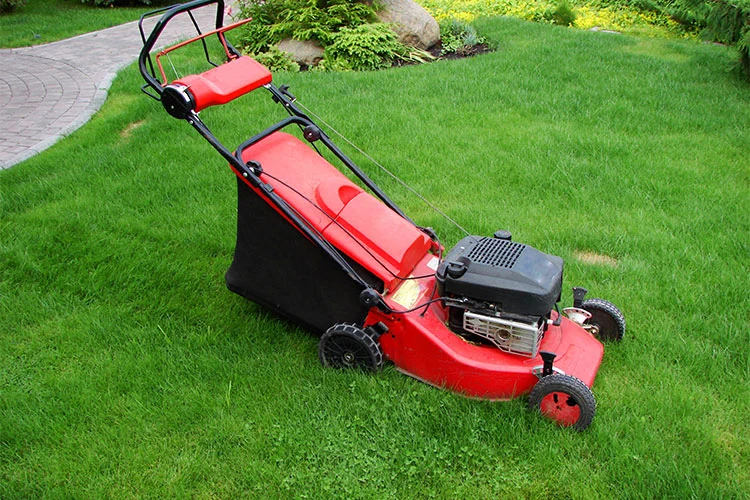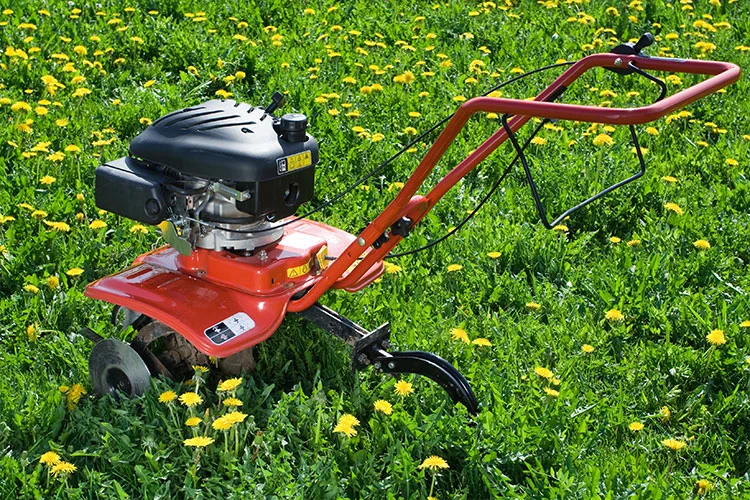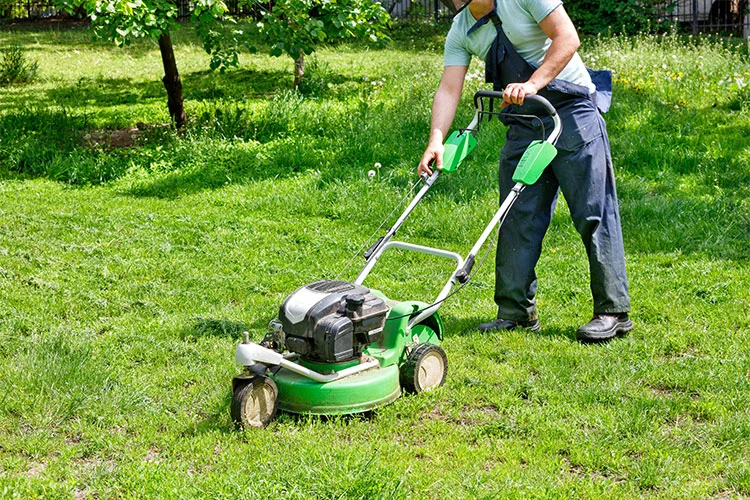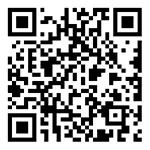Understanding Chain Couplings: A Comprehensive Guide
In the world of mechanical power transmission, efficiency, durability, and reliability are paramount. Among the various components that ensure the seamless operation of machinery, Chain couplings stand out as a robust and versatile solution. These couplings are engineered to connect two rotating shafts, transmitting torque while accommodating for minor misalignments. For over two decades, our expertise has been focused on delivering high-performance chain couplings that meet the rigorous demands of numerous industries, from heavy manufacturing and mining to material handling and beyond. This guide provides an in-depth look at the specifications, benefits, and applications of our premium chain coupling products.
What Are Chain Couplings?
A chain coupling consists of two sprocketed hubs, each mounted on a shaft, connected by a double-strand roller chain. A split cover, often made of nylon or metal, encloses the chain to retain lubrication and protect the mechanism from contaminants. This simple yet effective design allows the coupling to transmit high torque in a relatively compact space. The primary advantage of this design is its ability to handle parallel misalignment, angular misalignment, and even a degree of axial movement (end float).
Key Features and Advantages
- High Torque Capacity: Designed to transmit significant levels of torque efficiently.
- Misalignment Compensation: Excellent performance under parallel and angular misalignment conditions.
- Backlash: Standard versions have some backlash, but zero-backlash options are available for precision applications.
- Easy Maintenance: The split cover allows for quick visual inspection and re-lubrication without disassembling the entire coupling.
- Durability: Manufactured from high-grade materials for long service life in demanding environments.
- Cost-Effectiveness: Provides a reliable, high-performance solution at a competitive price point.
Detailed Product Parameters
Selecting the correct chain coupling is critical for optimal system performance. Our product range is categorized by bore size, torque rating, and maximum RPM. Below is a detailed table of specifications for our standard series.
| Model Number | Bore Range (mm) | Max Torque (Nm) | Max RPM | Parallel Misalignment (mm) | Angular Misalignment (deg) | Weight (kg) |
|---|---|---|---|---|---|---|
| CC-1005 | 12 - 25 | 95 | 5000 | 0.38 | 1 | 0.75 |
| CC-1010 | 20 - 40 | 220 | 4300 | 0.51 | 1 | 1.45 |
| CC-1020 | 30 - 60 | 550 | 3600 | 0.64 | 1 | 3.10 |
| CC-1040 | 50 - 90 | 1500 | 2800 | 0.89 | 1 | 7.25 |
| CC-1060 | 70 - 120 | 3000 | 2100 | 1.14 | 1 | 14.80 |
| CC-1080 | 90 - 160 | 5500 | 1700 | 1.40 | 1 | 25.50 |
Materials of Construction
- Hubs: High-strength carbon steel, precision machined and finished with a corrosion-resistant coating.
- Chain: Double-strand roller chain, heat-treated for maximum wear resistance.
- Cover: Typically glass-filled nylon for standard applications; stainless steel or aluminum covers available for harsh environments.
Frequently Asked Questions (FAQ) About Chain Couplings
What is the main purpose of a chain coupling?
The primary purpose of a chain coupling is to connect two rotating shafts to transmit mechanical power from one to the other. It efficiently handles torque transmission while compensating for minor misalignments that are inevitable in real-world installations.
How does a chain coupling accommodate misalignment?
The coupling accommodates misalignment through the articulation of the roller chain on the sprocket teeth of the two hubs. This allows the chain links to pivot slightly, absorbing parallel offset (when the shafts are not perfectly in line) and angular misalignment (when the shafts are at a slight angle to each other).
What is the difference between standard and non-lube chain couplings?
Standard chain couplings require periodic lubrication of the chain to reduce wear and friction. Non-lube versions use special materials for the chain and/or cover (such as oilless bronze bushings or self-lubricating polymers) that eliminate the need for regular lubrication, making them ideal for applications where maintenance access is difficult or where lubricant contamination is a concern.
Can chain couplings handle high-speed applications?
Yes, chain couplings can operate at high speeds, but the maximum RPM is limited by the size of the coupling. Larger couplings have a lower maximum RPM due to centrifugal forces. It is crucial to consult the manufacturer's specifications, like the table above, to ensure the selected coupling is suitable for the application's speed requirements.
What are the signs of a failing chain coupling?
Common signs of failure include unusual noises (clicking, grinding), visible wear on the sprocket teeth or chain rollers, excessive vibration, presence of metal shavings in the grease, and a noticeable increase in backlash. Regular inspection is key to preventing unexpected downtime.
How often should I lubricate a standard chain coupling?
The lubrication interval depends on the operating conditions, such as temperature, speed, and load. A general guideline is to inspect and re-lubricate every 3 to 6 months under normal operating conditions. In high-temperature or dirty environments, more frequent lubrication may be necessary. Always use a high-quality, extreme-pressure grease.
Are there zero-backlash chain couplings available?
Yes, zero-backlash or low-backlash chain couplings are available. These are designed with special machining of the sprocket teeth or use a different chain configuration to minimize or eliminate the free movement between the connected shafts, which is essential for precision motion control applications like robotics or CNC machinery.
How do I select the right size chain coupling for my application?
Selection involves several steps: 1) Calculate the required torque, including any service factors for shock loads. 2) Determine the bore sizes of both shafts. 3) Check the maximum operating speed (RPM). 4) Evaluate the type and amount of misalignment present. Cross-reference this data with the manufacturer's selection charts or use online sizing tools to find a model that meets or exceeds all requirements.
Can a chain coupling be used in a vertical shaft application?
Absolutely. Chain couplings are suitable for vertical shaft applications. However, it is important to ensure that the coupling is properly lubricated, and in some cases, a sealing arrangement may be recommended to prevent lubricant from leaking out over time.
What industries commonly use chain couplings?
Chain couplings are found in a vast array of industries due to their robustness and versatility. Common applications include conveyors, pumps, compressors, mixers, industrial fans, paper mill machinery, steel processing equipment, and agricultural machinery.





